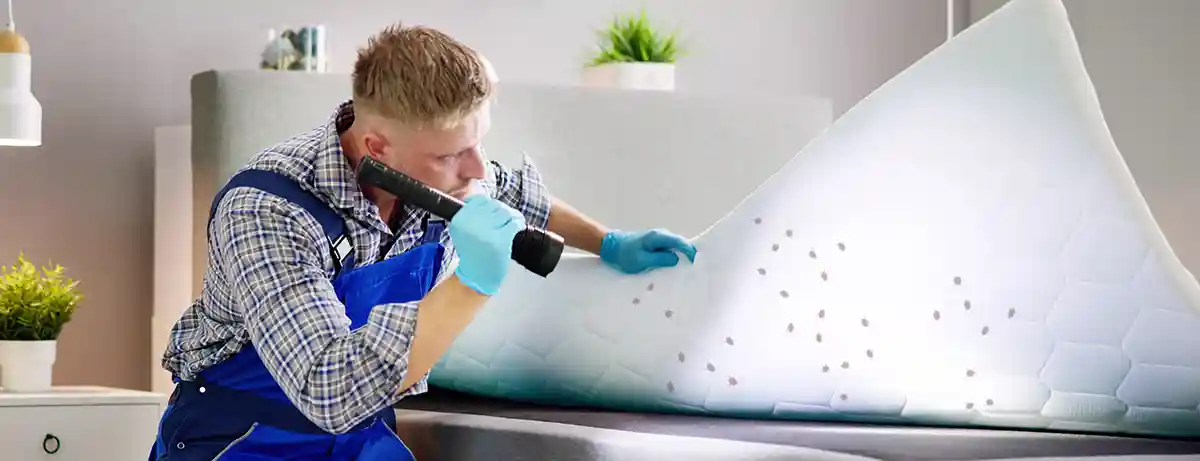Homeowners will usually start suspecting they are suffering from a spider infestation when they begin spotting empty cobwebs in one or more different areas of their house or apartment. These webs, which spiders use to trap a variety of insects, are normally first spotted in hidden places, such as the corners of windows or rooms, behind curtains or blinds, or under furniture, light fixtures, and hanging lamps, among others. While one or two cobwebs can actually be beneficial to a home, given the fact that spiders can help control pests such as flies, mosquitoes, scorpions, other spiders, and more, once they become numerous, they become a sign of an infestation that needs to be eradicated.
The first thing spiders usually do when they enter somebody's home is spin several webs around the house, which will serve as traps for insects. Once an insect makes contact with the web it will become entrapped in it. As it struggles to break free, the insect becomes more and more entangled until escape becomes impossible. At this point, the vibrations will have called the spider's attention, letting it know food is available. The problem for homeowners begins when the number of spiders begins to grow, be it through the spider's reproduction process or with the entrance of new spiders into the home.
Female spiders can produce over 4,000 eggs during their lifetime, meaning that a homeowner who does not stay on top of spider control can end up with an infested house in very little time. An infestation becomes a severe problem when the invading spiders are venomous, such as is the case of black widows, brown recluse spiders and others, which can be extremely dangerous to humans and animals. Because of this, it is important to contact a professional pest control company at the first sign of resident spiders in your midst. This might be the difference between a spider-free environment, and a serious, costly infestation in the long-run.



